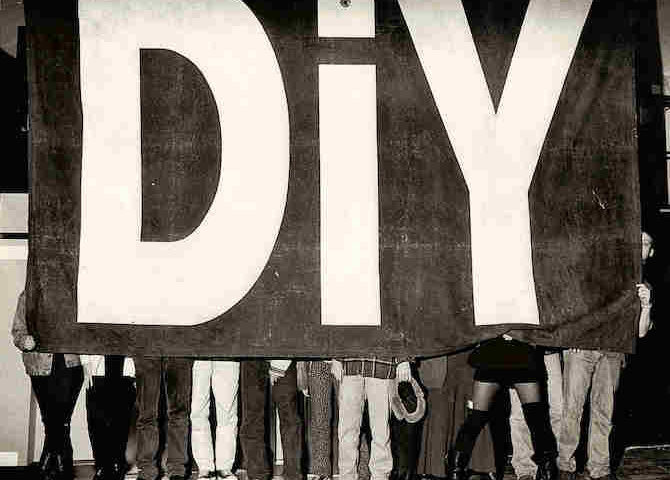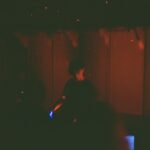
Memorable movements ’24 : Subterra at La Peniche Cinema
July 3, 2024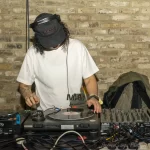
Selling records and community relevance w/ Wax Material
April 13, 2025In 1986, Graeme Park started to mix house music in Nottingham.
Probably one of the UK’s earliest house DJs, by ‘88 his loyal following were descending on the Garage nightclub in the city's Lace Market every Saturday.
Thatcher's Britain, technological advancements inside the studio, the rise of New Wave and an otherworldly sound wafting across the Atlantic - This was the genesis of acid house and the context in which Harry Harrison, Grace Sands, Woosh, Simon DK and the wider DiY group would meet; a rag-tag bunch of anarcho-punks, ‘crusties’, militant vegans and fashionistas who had arrived in Nottingham (mostly) to study in the late 80s.
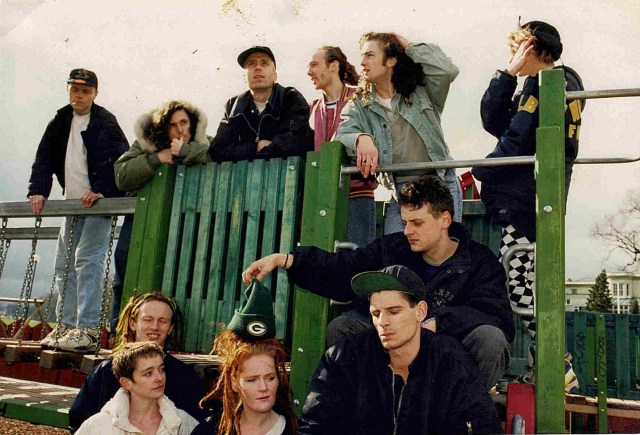
CREDIT: David Bowen
The role this group played in the free party scene was pivotal. DiY were one of the first house sound systems in the country and perhaps the world. In 1990 the group began setting up their rig at a slew of new age free festivals which had started in the 60s and had survived throughout the 70s and 80s.
The scene, which ran adjacent to the broader acid house scene, coalesced and essentially culminated at Castlemorton, a festival attended by around 30,000, and an event that would prove to be the final straw for a government looking for a new enemy within.
Recounted by one of the group's founders, Harry Harrison, in the 2022 book Dreaming in Yellow the story is fascinating and I’d urge anyone with the slightest interest in this stuff to go and buy it.
Despite the legendary tale, it’s perhaps the music that burns brightest 35 years on from the crew’s inception.
The DiY collective started to produce house music around 1991/2 under the label-banner ‘Strictly 4 Groovers’. Even in the earliest of releases, a penchant for groove is well ingrained, honouring their name from the very beginning.
Initially launched on Sheffield’s WARP, the ‘Up There Out There’ LP is a great example of a crew adept at taking Chicago deep house and adding a novel funked-out British spin to it.
Full of quirk and off-kilter ad-libs, it’s a record that lacks a little bit of maturity at times. This immaturity had completely dissipated soon after.
The Beeston EP, named after the Nottingham suburb, is a grown-up-big-boy 4 tracker made by the then 19 year old Neil Tolliday. At a time when hardcore house and “nose-bleed techno” were taking off and many were attempting to emulate the piano laden house of the late 80s, this driving, mean and stripped back sound more than holds firm by today’s standards.
The clubby and blissfully dubbed-out track ‘North’ sits snugly next to sounds that better emulate the euphoria of the mid-90s (or so we imagine). Roundhill is drenched in dreamy synths and grand strings but stops well short of cheese - unlike many tracks made around that time which share similar elements.
The DiY brand gained notoriety worldwide following the Castlemorton free party and regular trips to the emerging centres of hedonism, Ibiza and San Francisco, would follow.
Despite this global footprint, the collective would always hark back to local and regional artists, as demonstrated by the 1999 release of Masters at Wirksmith by Matlock duo Rhythm Plate. Another classy 4 tracker which again hits that sweet spot between euphoria and groove.
Owing to the limitations of the written word format, it’s hard to get a sense of how good some of the music was/is when reading Dreaming in Yellow. What is evident in abundance is the amount of influence DiY drew on from other subcultures - so much so that it actually adds to the novelty of the scene, paradoxically.
By their own admission, the collective were deeply inspired by the Punk scene. But despite this the DiY story is a constant revolving door of New Wave weirdos, (ex) football hooligans, crusties and travelling hippies (the list goes on) who had found themselves in the middle of the new “rave” phenomenon.
The distinction between this scene - where folks from all walks didn’t have to water down their persona - couldn’t be more stark when compared to other countercultural movements homogenous in style and thought. To name one related example, the early years of Punk were constantly marked by machismo and a violent hatred of anything ‘other’, including race at times.
A scene has arguably never taken such a wonderfully strange shape - a patchwork of subcultures all cracking under the same umbrella and a real feeling that “multiple different scenes and cultures had come together in one key moment”.
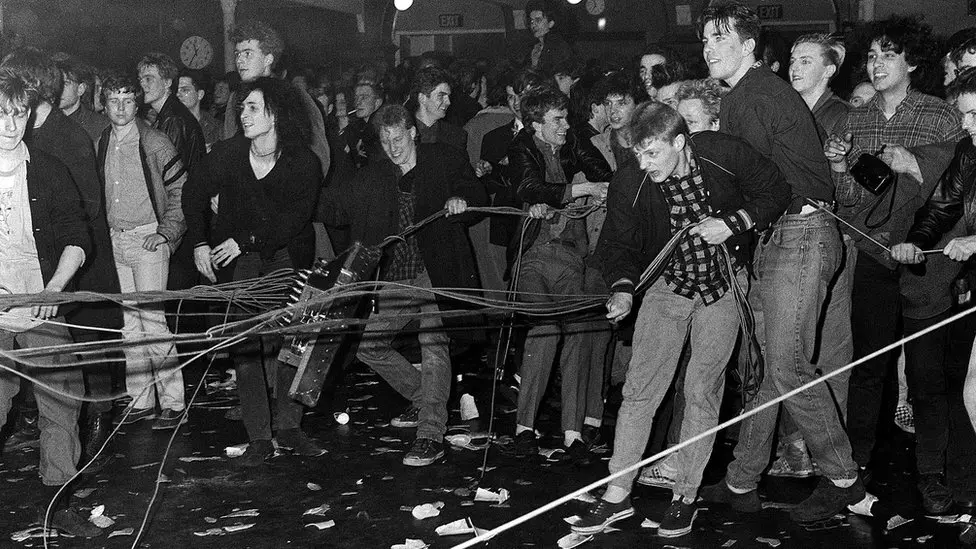
Violence at a Jesus and Mary Chain gig, North London Polytechnic 1985. CREDIT: REX FEATURES
Of course it hasn’t been all roses.
You can’t talk about this scene without at least noting the dark side of excessive drug use and hedonism. As recognised by Dreaming in Yellow’s author: “Many of our generation have died, some from overdoses, many submitted to addiction”.
There have been big fallouts along the way too, one changing the dynamic of the collective in the late 90s despite the continuation of quality music under the DiY discs banner.
Nevertheless time has healed all - 35 years on, DiY continues to celebrate milestones with sold-out parties in London and Nottingham, as well as the odd free party in a field here and there.
Happy belated 35 years, DiY.
